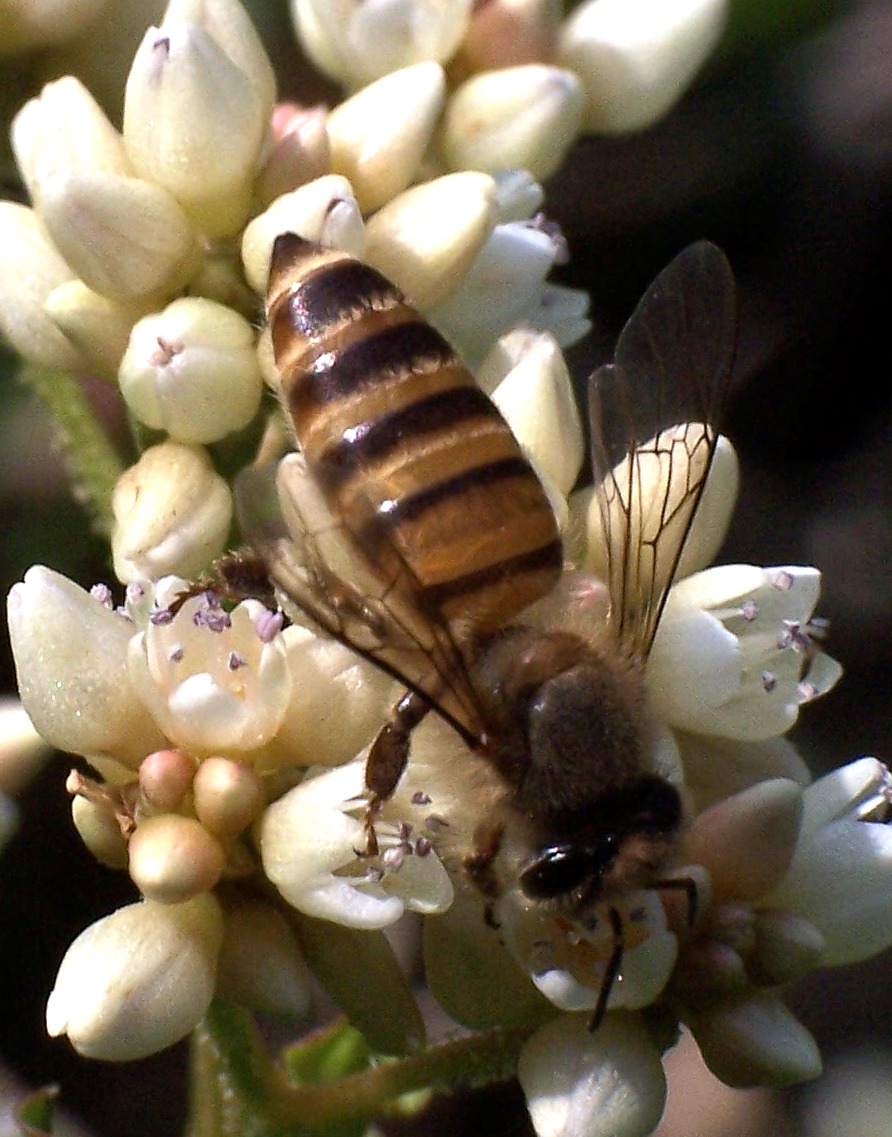In the presence of A. cerana and A. dorsata, A. mellifera also did not thrive in a forest ecosystem on the Philippines (Manila-Fajardo ...
In the presence of A. cerana and A. dorsata, A. mellifera also did not thrive in a forest ecosystem on the Philippines (Manila-Fajardo & Cervancia, 2003)
The Philippines (with the exception of Palawan which has the Malay type) has its own race of Apis Cerana distinct from anywhere else.
Distinctive in that ...
The Philippines (with the exception of Palawan which has the Malay type) has its own race of Apis Cerana distinct from anywhere else.
Distinctive in that ...
- Far smaller than other races of Cerana
- Stores less honey
- Absconds more easily
To me these all seem like counter measures against Varroa. Smaller bees mean shorter capping times so less entry of Varroa into the brood.
Less honey is due to the hive's tendency to up and abscond. Absconding means ceasing the brood cycle, consuming all resources and finding a new home. With no brood the Varroa life cycle is broken.
What does it mean for Mellifera.
- Philippine Cerana adapted Varroa will target Mellifera brood un-selectively as all Mellifera brood is larger than Cerana drone brood.
- Varroa in the Philippines are adapted to be fast breeding and prolific as a counter measure to Cerana absconding. As Mellifera are likely to remain in the same hive if proper management techiniques are used the Varroa will overcome and destroy a Mellifera hive without fail.
- Constant treatment of Mellifera is required because Cerana will provide a reservoir of the mal-adapted ( for Mellifera ) of virulent Varroa.
- Due to the prevalence of Cerana there is never likely to develop a variety of Varroa that, while parasitizing Mellifera, will not kill the hive (as appears to be happening in feral hives in the USA).
Apis Cerana - Philippines Native Honey Bee





